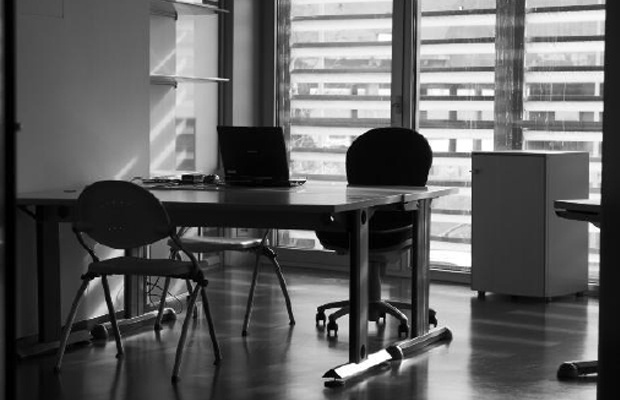For many of us, work can be like a second home, so it should come as no surprise that there is always news in the workplace world.
This month, we read a piece about what Google got wrong with the open workspace. We also learned how instead of investing in a gym discount or fresh fruit, offices should invest in better workspace design to improve employee well-being.
1. To Open or Not to Open?
Late in 2014, ad copywriter Lindsay Kaufman shared her controversial opinion with the Washington Post: Google got it wrong. The premise is that the open  workspace, popularized by the Big G, creates more harm than good. Lindsay cites problems like distractions, lack of privacy, feelings of “being watched” (or judged) by coworkers and even facilitated spreading of illness as contributors to decreased workspace productivity.
workspace, popularized by the Big G, creates more harm than good. Lindsay cites problems like distractions, lack of privacy, feelings of “being watched” (or judged) by coworkers and even facilitated spreading of illness as contributors to decreased workspace productivity.
To combat this growing trend, Lindsay suggests designing more meeting rooms with opaque walls, creating rules that limit the amount of interactions, and turning down (or off) any sort of overall-workplace music. But she ends with a suggestion that goes against Yahoo CEO’s Marissa Meyer’s widely-publicized belief: just work from home.
Our take: There is no one-size-fits all solution for your employees. Offer options.
You may also want to read: “How to Successfully Create Flexible Workspaces”.
2. Lighting Can Lighten Moods
Unlike Lindsay Kaufmann above, author Rex Miller encourages the installation of transparent walls to allow employees to experience changing light throughout the day. He also likens employee desks to an airplane, and encourages workplaces to do all they can to avoid replicating that feeling of being stuck between two other people.
Our take: Transparent walls and  private rooms – we think you can have both. We’re happy to have found more evidence that points to workspace utilization being critical to overall well-being.
private rooms – we think you can have both. We’re happy to have found more evidence that points to workspace utilization being critical to overall well-being.
3. Biking to Work Becomes Biking at Work
Google appears on this round-up twice, but now for its lofty goals of creating an office that looks more like a giant greenhouse than a building.
The company has submitted a development plan to the City of Mountain View to revamp its GooglePlex into a never-before-seen transparent set of buildings. They would appear as thin membranes and be filled with, among other things, walking and biking paths. The floors would be “sort of like oven racks; the walls between them can be added, or not.” And this would all be automated by what Google calls “crabots” – small cranes and robotic machines.
Our take: Much of the technology that Google plans to utilize has not yet been developed, but we like their visionary approach to the workspace.